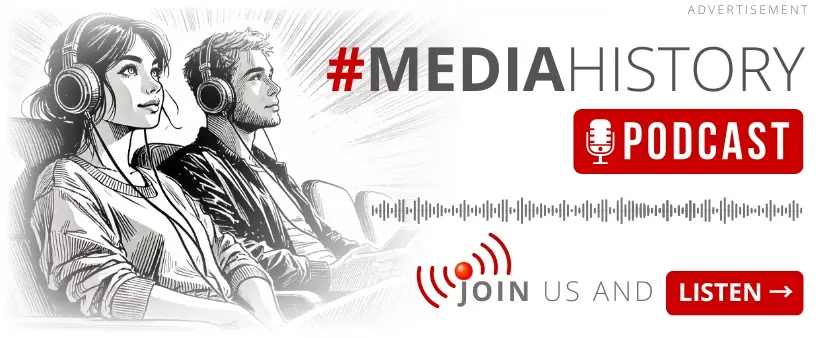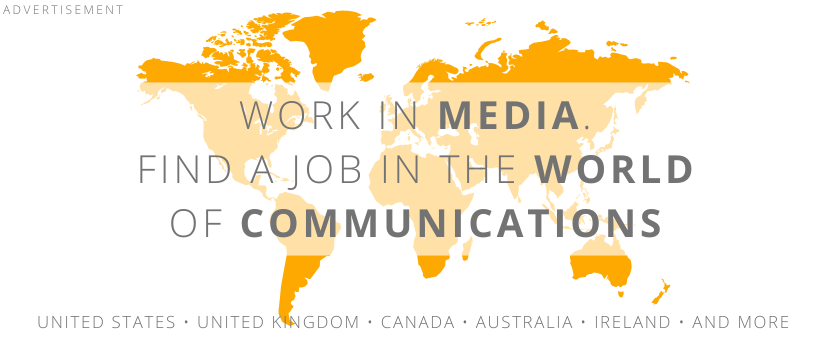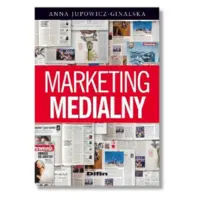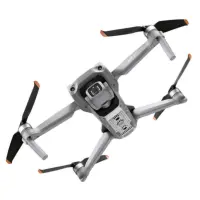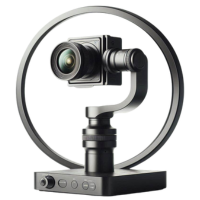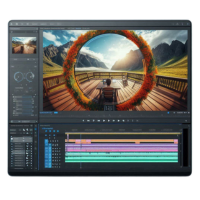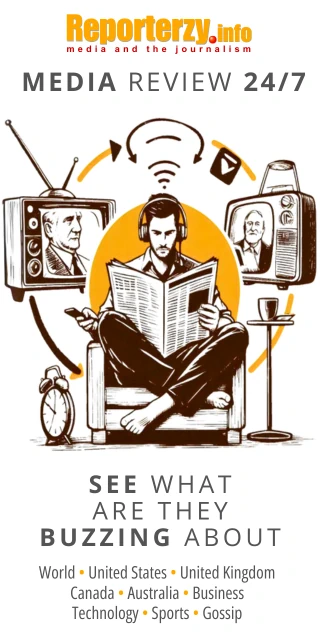 illustration: bing.com/create
illustration: bing.com/createInterest in industry press is shown not only by professionals seeking current knowledge but also by advertisers, for whom it is a well-targeted communication channel with potential clients. Industry titles ensure almost 100% certainty of reaching a full audience of professionals in a given industry, which is a unique characteristic of this category of media. It is an attractive marketing channel, especially for businesses offering B2B services and products.
Readers of industry press are not only people performing specific jobs; they are also individuals keenly interested in developing their skills and knowledge. Industry press is read thoroughly and intensely.
- 91% of readers claim they have read professional titles for 3 years or longer.
- A staggering 81% of people return to previously read issues of magazines at least two times or more.
- 70% of readers share the magazine with others. For respondents, it is an important, key, and primary source of information.
The dominant form of distribution is printed titles received directly at work or home. They serve as the main source of information for professionals. Reading industry magazines allows one to stay updated on professional topics; the knowledge gained from these publications encourages further information searches and discussions with acquaintances. As many as 93% of readers rate industry publications as high quality.
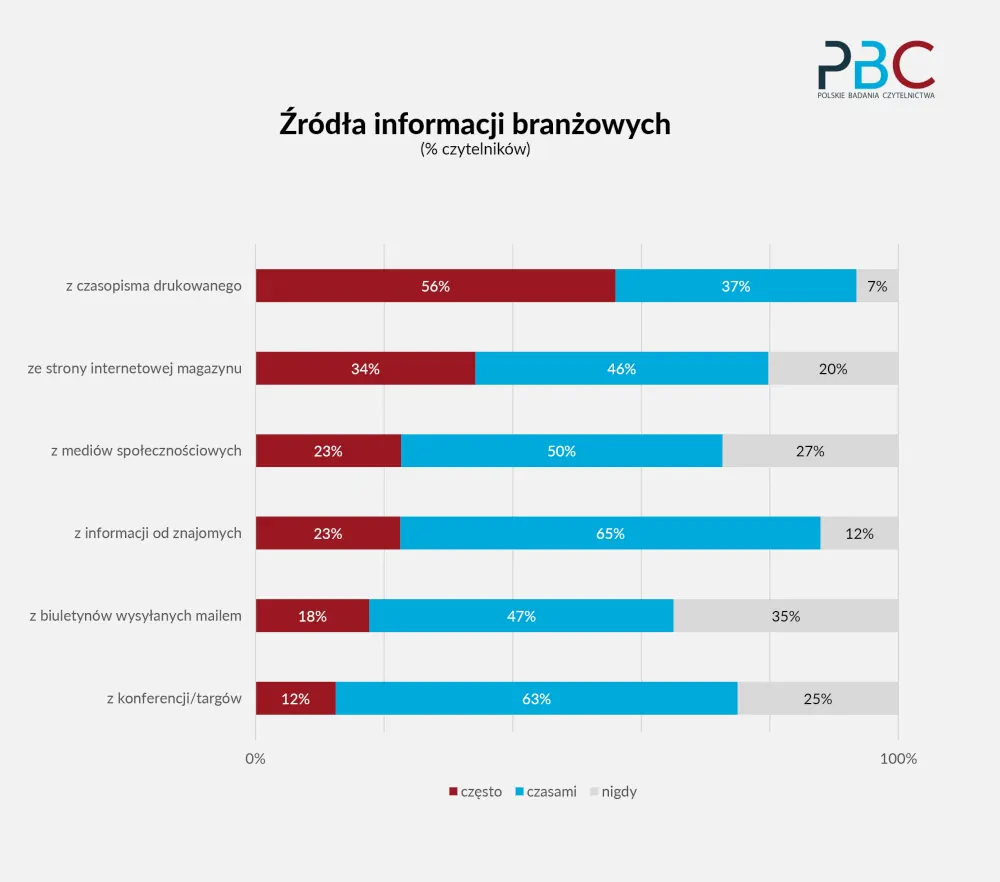 source: PBC
source: PBCMore than 40% of readers take further actions after reading advertisements - they search for additional information online, visit physical or online stores, want to try the product or service, and consider purchasing it.
When choosing products, readers of industry magazines primarily consider high quality; price, customer reviews, brand recognition, and innovation are also important factors in their decisions.
Research partners: Inżynier Budownictwa, Ogólnopolskie Pismo Rynku FMCG Hurt & Detal, Szef Kuchni Magazyn Branży Gastronomicznej, Top Agrar Polska, Tygodnik Poradnik Rolniczy, Wieści Rolnicze, Zawód: Architekt.
The research was conducted from May to June 2024 using an online questionnaire. It was carried out among readers of industry magazines and supplemented with data from the PBC Audit regarding the distribution forms of industry titles.
The detailed report on the conducted research can be found here: https://www.pbc.pl/czytelnictwo-pism-branzowych-2024/
COMMERCIAL BREAK
New articles in section Media industry
Journalism in the age of AI. Why people prefer humans over machines
Krzysztof Fiedorek
Only 12% of people accept news created solely by AI, while 62% prefer those written by humans. At the same time, only 19% notice labels indicating the use of artificial intelligence, while younger audiences ask AI to explain the content to them. These are the findings of the Reuters Institute report on artificial intelligence in media.
Why do we believe fakes? Science reveals the psychology of virals
KFi
Why do emotions grab more attention than evidence, and why can a fake authority overshadow scientific data? Researchers from Warsaw University of Technology, Jagiellonian University, and SWPS University in Poland sought the answers. Here are their findings.
Investigative journalism in Europe. Newsrooms face pressure
KFi, Newseria
Media and political representatives point to the difficult situation of investigative journalism in Europe. Newsrooms are reluctant to invest in this segment due to high costs and the large amount of time and effort required. Most of all, however, they fear legal proceedings.
See articles on a similar topic:
Mobile games in Poland. Market value and forecasts
Newseria, KFi
In 2030, the number of mobile game users in Poland may exceed 7.1 million, and market revenue will approach 470 million dollars, according to Statista data. As the number of gamers increases, the market for mobile gaming devices is also expanding.
Global Media Under Scrutiny. Reuters Institute Digital News Report 2024
Krzysztof Fiedorek
The “Digital News Report 2024,” developed by the Reuters Institute for the Study of Journalism, describes the landscape of digital news media based on data from 47 markets, representing more than half of the world’s population.
Mass Media in Poland
Agnieszka Osińska
Into the decade of years 90. Poland entered with media national, subjected to the political control. Starting from the half of 1989 our media market underwent transformations, biggest probably from the time of the World War II.
Television 2025. Report by the European Broadcasting Union
Krzysztof Fiedorek
Europeans are watching less and less television. In 2024, the average viewing time was 3 hours and 13 minutes per day. Only 54% of young people had any contact with TV, and public broadcasters held a 23% share. Television is losing relevance, especially among the youngest viewers.


